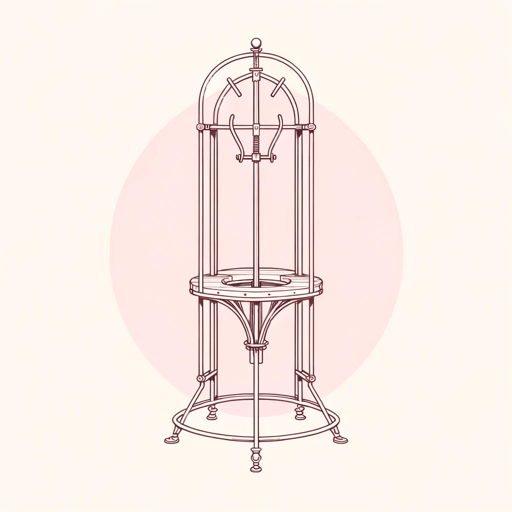59 pages • 1 hour read
Naomi WolfThe Beauty Myth
Nonfiction | Book | Adult | Published in 1990A modern alternative to SparkNotes and CliffsNotes, SuperSummary offers high-quality Study Guides with detailed chapter summaries and analysis of major themes, characters, and more.
Important Quotes
“We are in the midst of a violent backlash against feminism that uses images of female beauty as a political weapon against women’s advancement: the beauty myth.”
(Chapter 1, Page 10)
Wolf has been described as one of the leaders of the third-wave feminist movement. She argues that the previous waves of western feminism achieved many tangible rights for women, such as labor and voting rights as well as social mobility. Wolf believes that the beauty myth became especially relevant when women surpassed these former obstacles. The beauty myth is a form of control. This control works by mass consumer culture to keep women preoccupied with unattainable beauty standards and reduce them to their looks rather than considering their overall identities.
“‘Beauty’ is a currency system like the gold standard. Like any economy, it is determined by politics, and in the modern age in the West it is the last, best belief system that keeps male dominance intact. In assigning value to women in a vertical hierarchy according to a culturally imposed physical standard, it is an expression of power relations in which women must unnaturally compete for resources that men have appropriated for themselves.”
(Chapter 1, Page 12)
Wolf briefly reviews the way beauty standards are culturally and historically relative rather than immutable, objective ideals. The author then links beauty standards to political control, used to prevent social mobility based on merit alone.
“The beauty myth is not about women at all. It is about men’s institutions and institutional power. The qualities that a given period calls beautiful in women are merely symbols of the female behavior that that period considers desirable: The beauty myth is always actually prescribing behavior and not appearance.”
(Chapter 1, Page 13)
The author argues that the beauty myth is neither about aesthetics nor women. She suggests that female beauty and femininity are defined by the desirable traits and modus operandi within a particular form of patriarchal control. For example, for 19th-century Victorians, domesticity was considered feminine.

